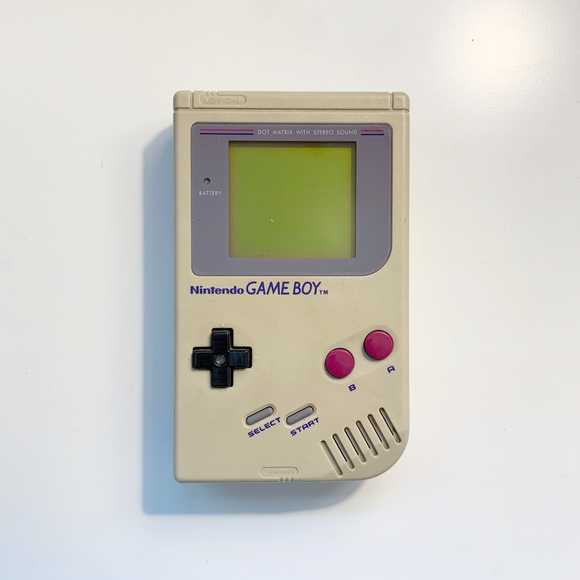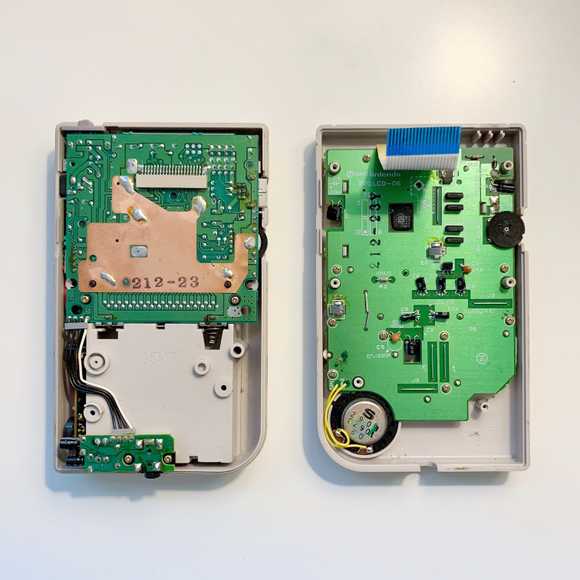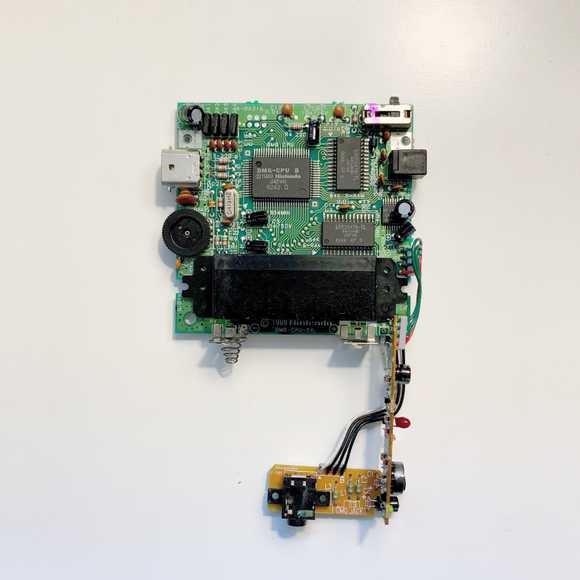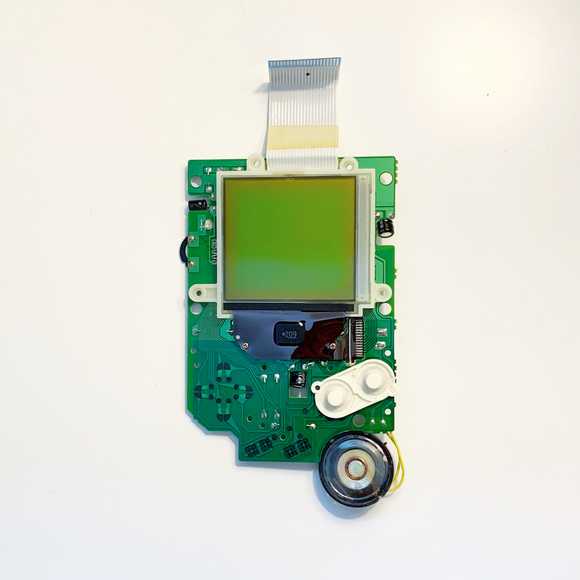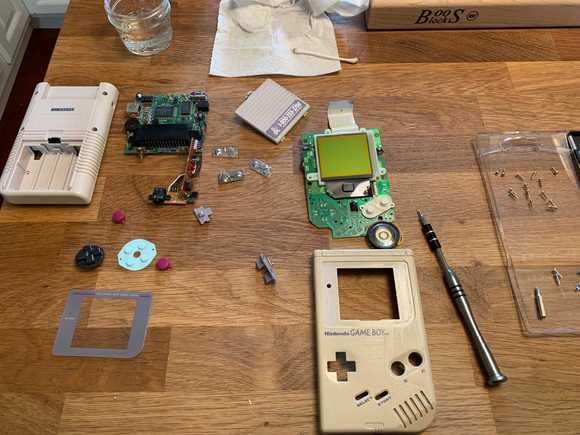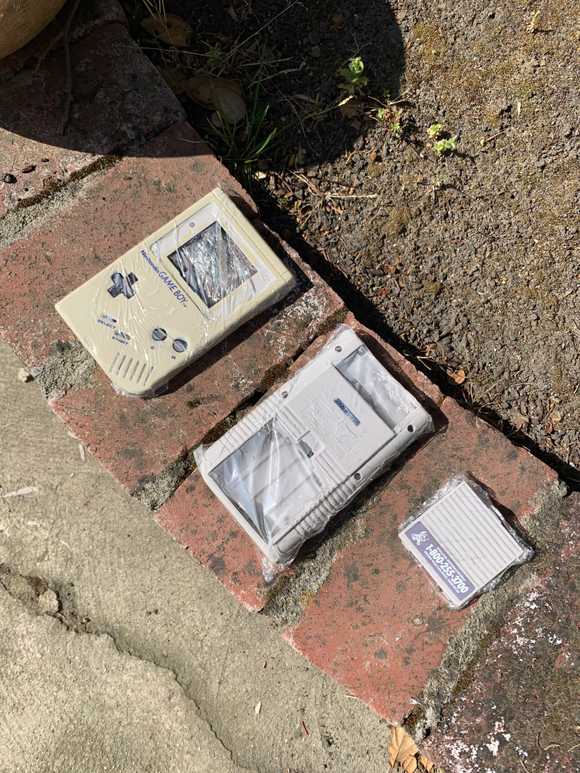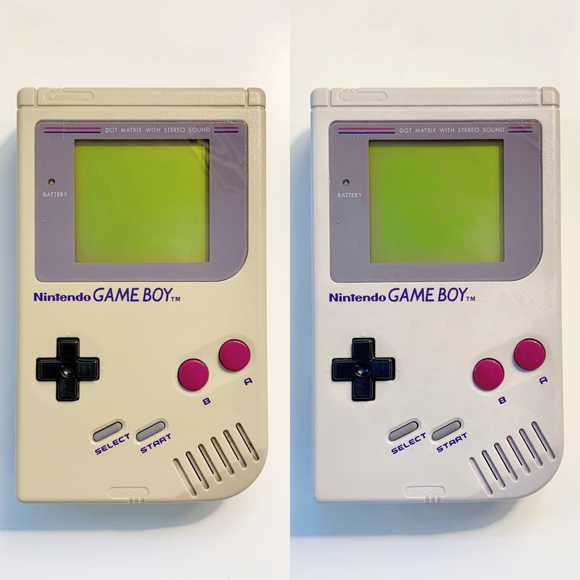Playdate
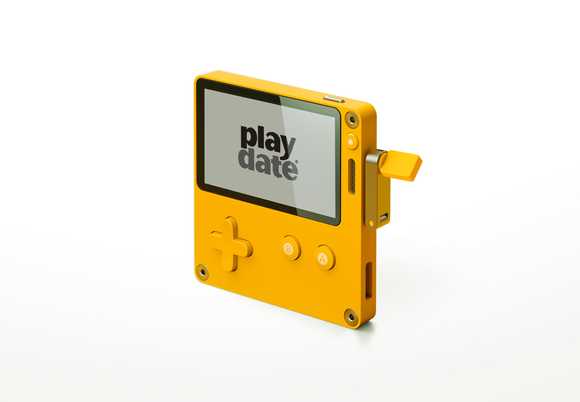
Playdate is both very familiar, and totally new. It’s yellow, and fits perfectly in a pocket. It has a black-and-white screen with high reflectivity, a crystal-clear image, and no backlight. And of course, it has Wi-Fi, Bluetooth, USB-C, and a headphone jack. But it also has a crank. Yes, a crank: a cute, rotating analog controller that flips out from the side. It’s literally revolutionary.
There’s more: Playdate includes games — a full season of them. The games will be delivered over-the-air, once a week for 12 weeks, and they’ll be a surprise: when the new game light flashes, you’ll never know what you’re about to play. Panic recruited some of the world’s best game designers — some well known; others under the radar — to make games exclusively for our system. Playdate isn’t just hardware: it’s a complete experience.
Hot on the heels of the 30th anniversary of the Game Boy, this little handheld console is a sight to see.
Since bringing my Game Boy back to life, I’ve been yearning for the good ol’ dot-matrix days. But I’ve also had the feeling they‘d likely disappoint. Rose-colored glasses and all. Seeing the Playdate feels like a realization of that pining. Something new of something old:
Playdate’s 2.7-inch (68mm) screen is a unique, black-and-white, low-power LCD from Sharp, with a resolution of 400 × 240. On the surface, it might be tempting to compare the screen to, say, the Game Boy. But Playdate’s display is quite different: it has no grid lines, no blurring, is extremely sharp and clear, and has much higher resolution. It sounds odd to say, but: it’s truly a “premium” black-and-white screen.
And it wouldn’t be the same without Teenage Engineering. At initial glance, I knew something looked familiar. Sure enough, I noticed that Teenage Engineering had a hand in the design (and crank!) of the Playdate. I keep a PO-20 in my nightstand and am constantly enthralled by its ingenuity.
I encourage you to read the press release in full — ideally on an iPhone or iPad as there’s a very cool AR experience to check out. The damn thing is so cute!
I’m signed up to receive updates about the Playdate and I recommend you do too.

